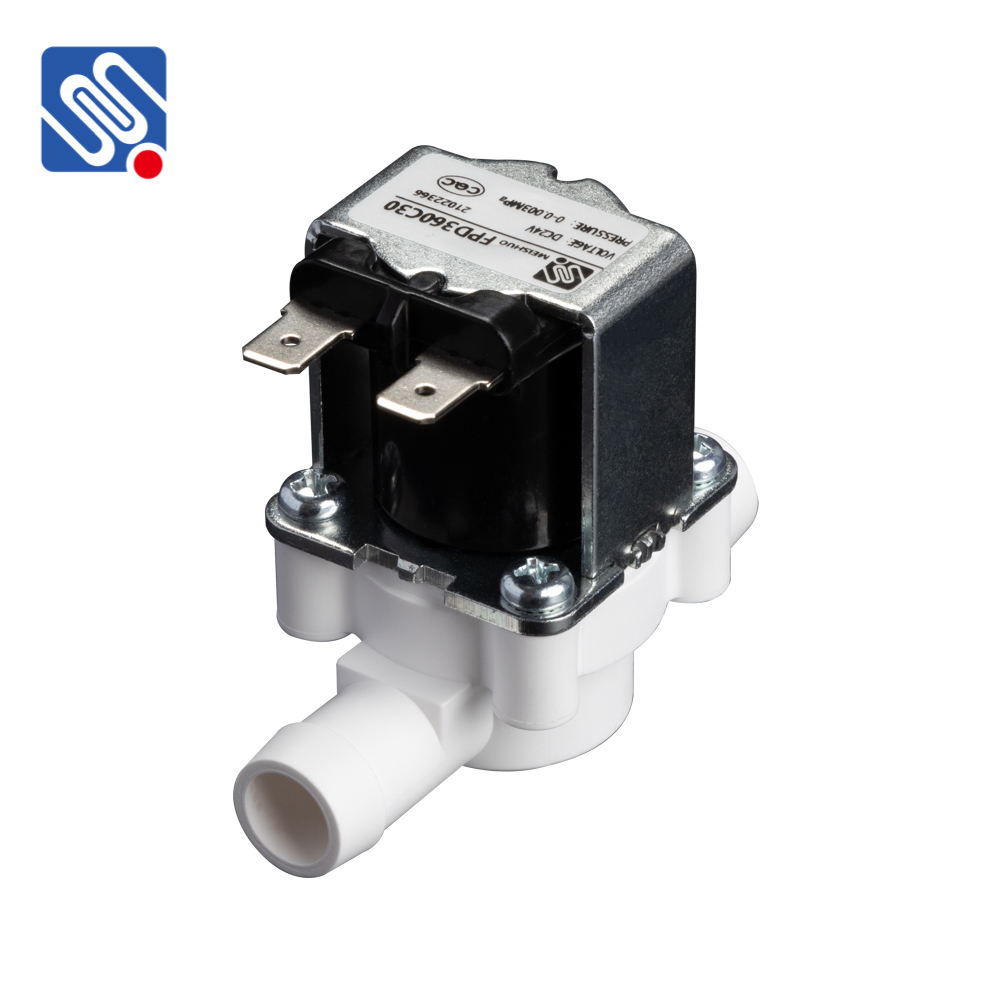A low voltage solenoid valve is an essential component in various fluid control systems. With its ability to precisely manage the flow of liquids and gases, it plays a vital role in numerous industries, from HVAC systems to automation in manufacturing lines. The low voltage aspect of the solenoid valve ensures that it operates with minimal electrical power, typically using 12V or 24V DC or AC, making it suitable for applications that require energy efficiency and lower power consumption. This article will explore the working principles, applications, and advantages of low voltage solenoid valves, highlighting their importance in modern fluid management systems.

What is a Low Voltage Solenoid Valve? A solenoid valve is an electromechanical device that controls the flow of fluids (gases or liquids) through a pipe. It works by using a solenoid coil, which, when energized, generates a magnetic field that moves a plunger or diaphragm to either open or close the valve. Low voltage solenoid valves operate at a reduced voltage, typically 12V or 24V, which is lower than standard solenoid valves that may operate at higher voltages like 120V or 240V. This reduced voltage makes them safer, more energy-efficient, and adaptable to a broader range of applications.